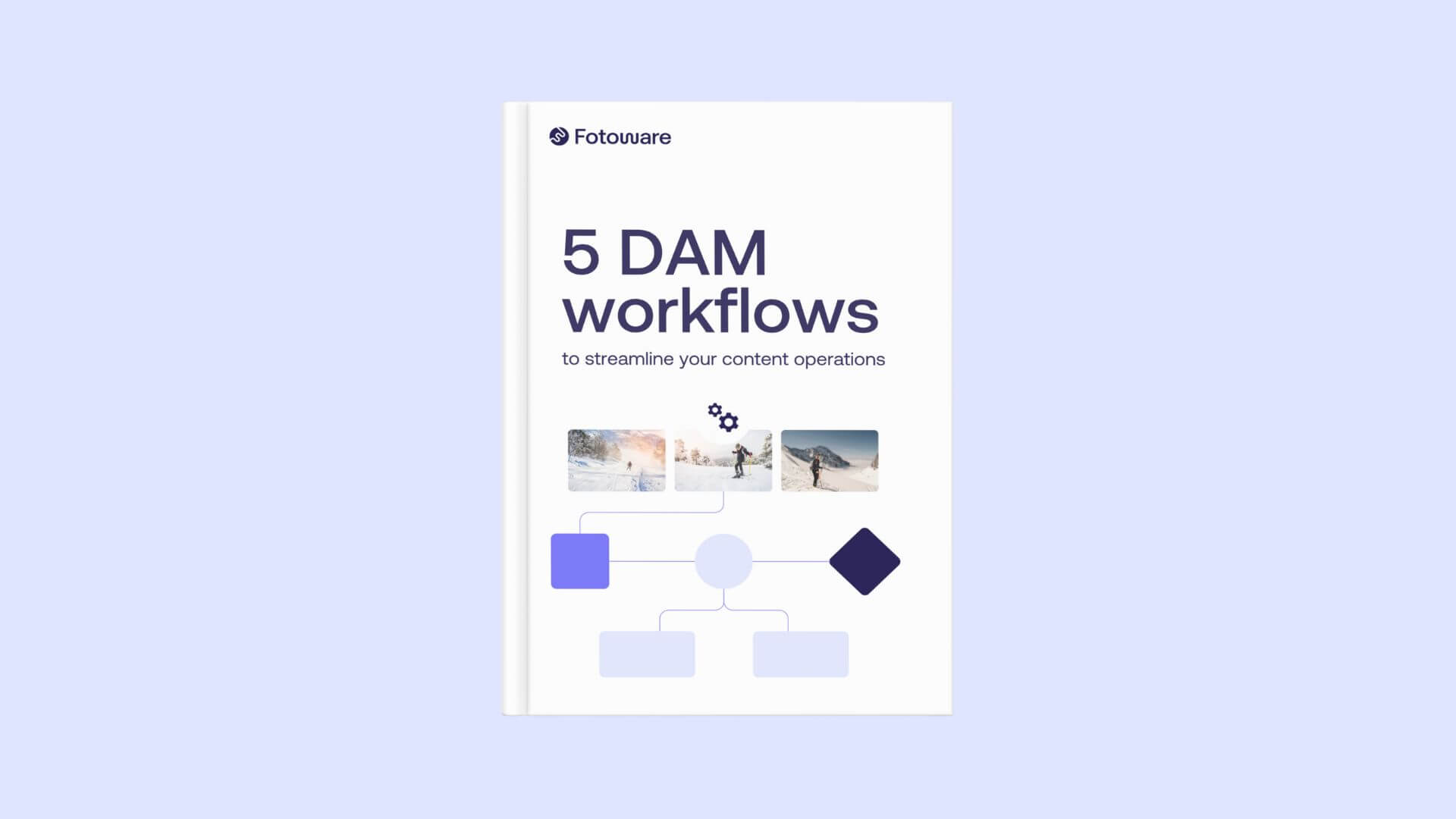
How Digital Asset Management solves challenges for energy companies
Today’s energy companies experience a plethora of pressing challenges in regard to market and society demands. The need for operational efficiency and security has drastically increased in recent years, alongside the introduction of new global and local regulations, like the GDPR.
For this reason, organizations working with oil, gas, chemicals, and renewable energy sources have embraced technological innovations like few others. In order to succeed with the digital transformation, these must ensure that their systems are scalable and secure, enabling them to do their work faster and better.
In this article, we’ll cover some common challenges faced by companies operating within the Energy sector that can be solved with Digital Asset Management (DAM) systems - empowering end-to-end workflows.

Challenge 1: Asset security and data quality
With a steady expansion of unmanned operations and robotics comes a drastic increase in digital assets, ranging from documentation and real-time updates to sophisticated models, simulations, and digital twins.
Ensuring that these assets are handled in a secure manner, with proper access restrictions and their data intact, is key for most energy companies. However, this is not always a straightforward process.
Having assets and data gathered and stored without a structured solution in place increases the risks of data corruption, loss, and inconsistencies. In particular, it’s crucial for energy companies to ensure a high level of cyber security, a focus that has only become more prominent in recent times, according to DNV.
With a DAM system in place, all digital assets and their associated data are stored in one place that can be hosted either in a secure cloud environment - like Microsoft Azure, on local drives or in a hybrid solution. With role-based access control, administrators can ensure that people only access the data relevant to them, and by tracking activities, one can monitor who has viewed, edited, or downloaded specific assets.
Learn more: How Vår Energi ensures control and effective communication with DAM

Digital Asset Management Buyer's Guide
Are you planning to purchase a DAM? Make an informed decision with the DAM Buyer's Guide!
Challenge 2: Data privacy and ESG
Environmental, Social, and Corporate Governance (ESG) is on every energy company’s radar and poses multiple challenges for their daily operations. The same goes for privacy policies, like the GDPR, and local regulations that may vary from one country to the other.
Since most energy companies operate internationally, they are often subject to multiple regulations at all times. Additionally, they are often publicly traded, which requires greater emphasis on business ethics and compliance while at the same time increasing the risk of public scrutiny and legal repercussions, should ESG and data privacy not be up to par.
Learn more: How PGS ensures full control of visual assets with Fotoware

The challenges related to data privacy and ESG are many, including, but not limited to:
-
Keeping track and documentation of usage rights and licenses.
-
Ensuring the personal privacy of employees and other individuals is managed responsibly.
-
Having documents and data stored in a secure manner while also being able to retrieve them easily when necessary.
One issue that comes up a lot is related to the GDPR and management of images where individuals are recognizable. With a solid DAM solution, Energy companies can use Artificial Intelligence (AI) for object recognition and attach tailor-made, compliant consent forms to the files in question. By doing so, everyone accessing the images can easily see whether image consent is given and for what types of situations.
Learn more: 5 things you should know about GDPR for images
Thanks to their advanced metadata capabilities, DAM solutions enable organizations to keep track of every digital asset and its related data, making the job of ESG and data privacy compliance smoother and faster. For example, you can build automatic workflows to mark or revoke content items once they are no longer relevant, ensuring that only up-to-date assets are accessible.

Empowering end-to-end workflows
In their 2020 report on digital transformation in energy, McKinsey brings up the importance of transforming workflows instead of simply creating new tools. This is not because tools are unimportant; rather, one should note that a fully functioning workflow creates greater value than the sum of its parts.
While a DAM solution can work well to solve single challenges, the Return on Investment (ROI) can be drastically improved if one utilizes the technology to transform and empower end-to-end workflows. In order to do this, one must invest in a secure, scalable, and agile solution that can be integrated with other systems and configured to fit industry-specific needs.
With the Fotoware DAM solution, metadata and digital workflows can be customized in great detail, ensuring that how one manages digital assets is orchestrated well with other systems, strategic choices, and established structures. It has a flexible setup and is easy to scale as other technologies and workflows are adjusted or reinvented, placing itself at the very center of your content ecosystem.
Learn More: How to work faster with metadata-driven workflows

Free eBook: 5 essential DAM workflows
A guide to Digital Asset Management workflows that enhance efficiency, collaboration, and compliance.

Want to learn more?
Are you considering investing in a new DAM solution? Book a meeting with one of our experts to learn more about what Fotoware can offer your organization.


